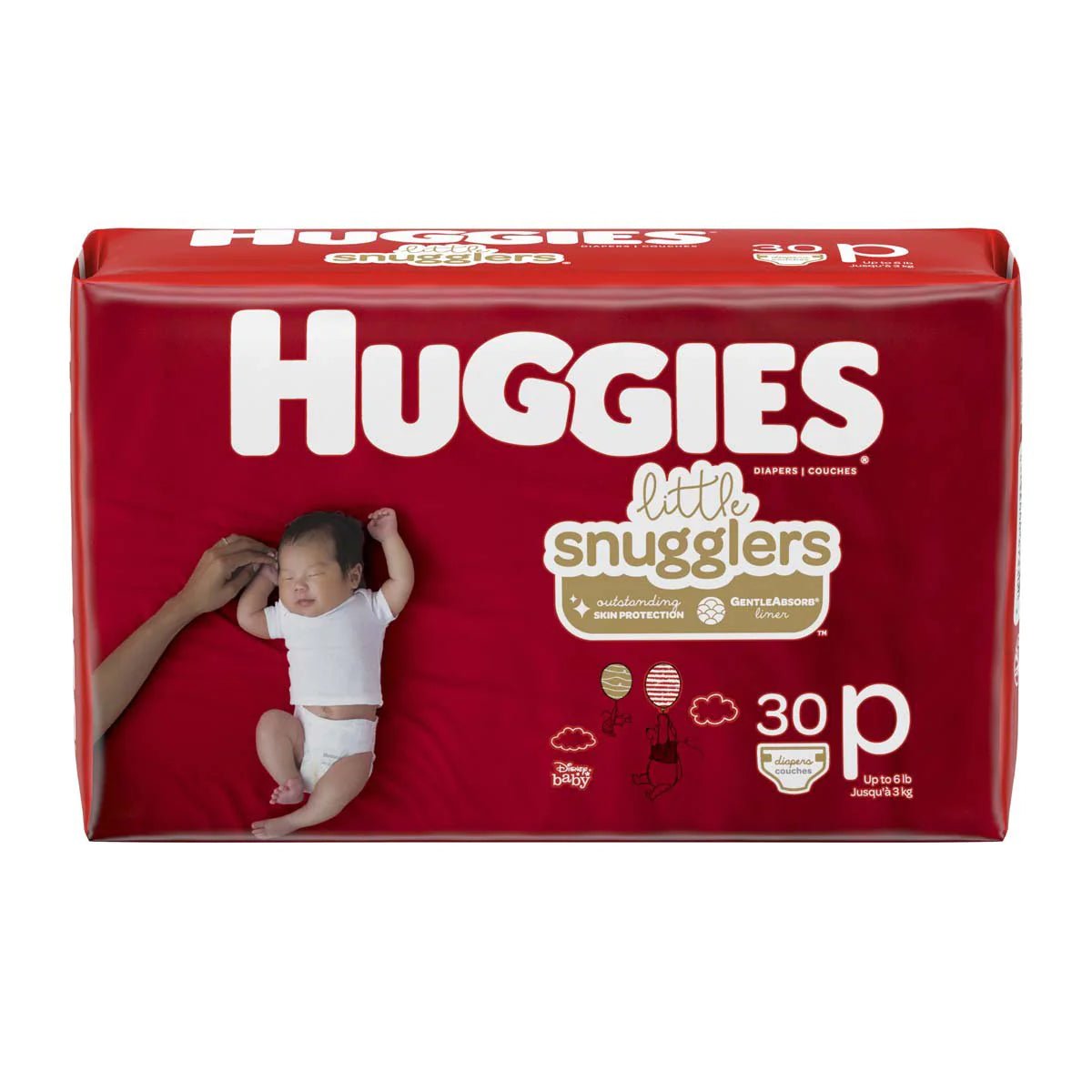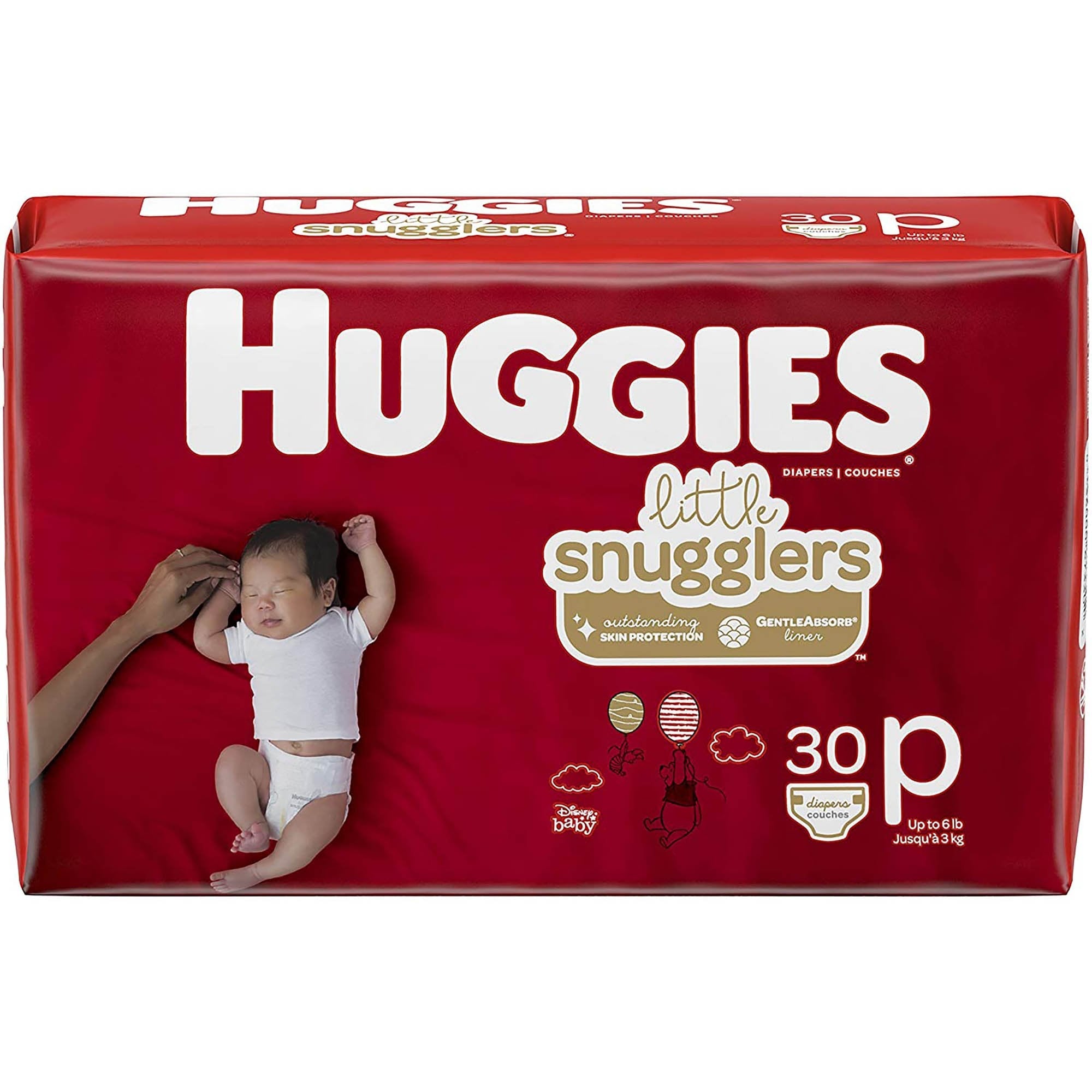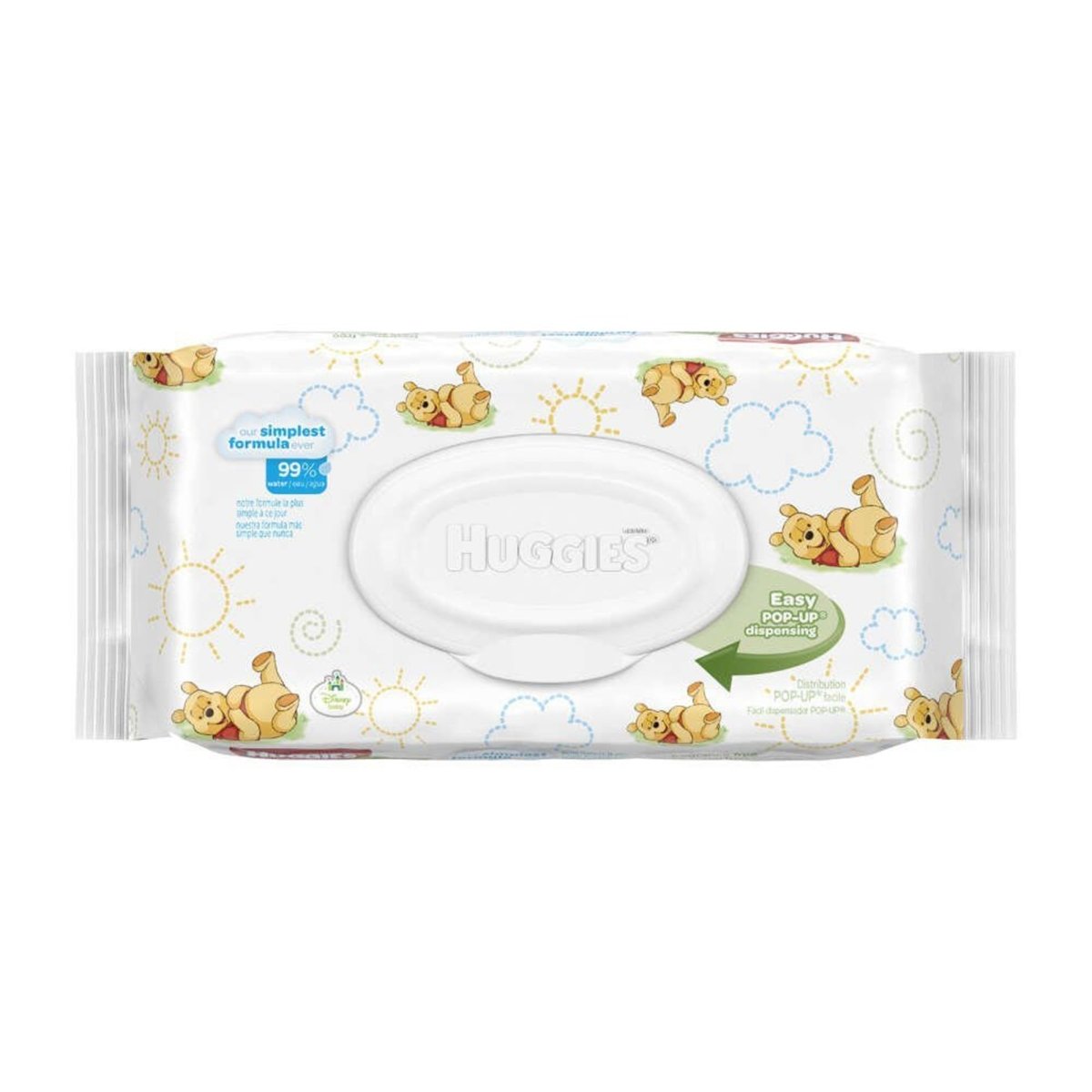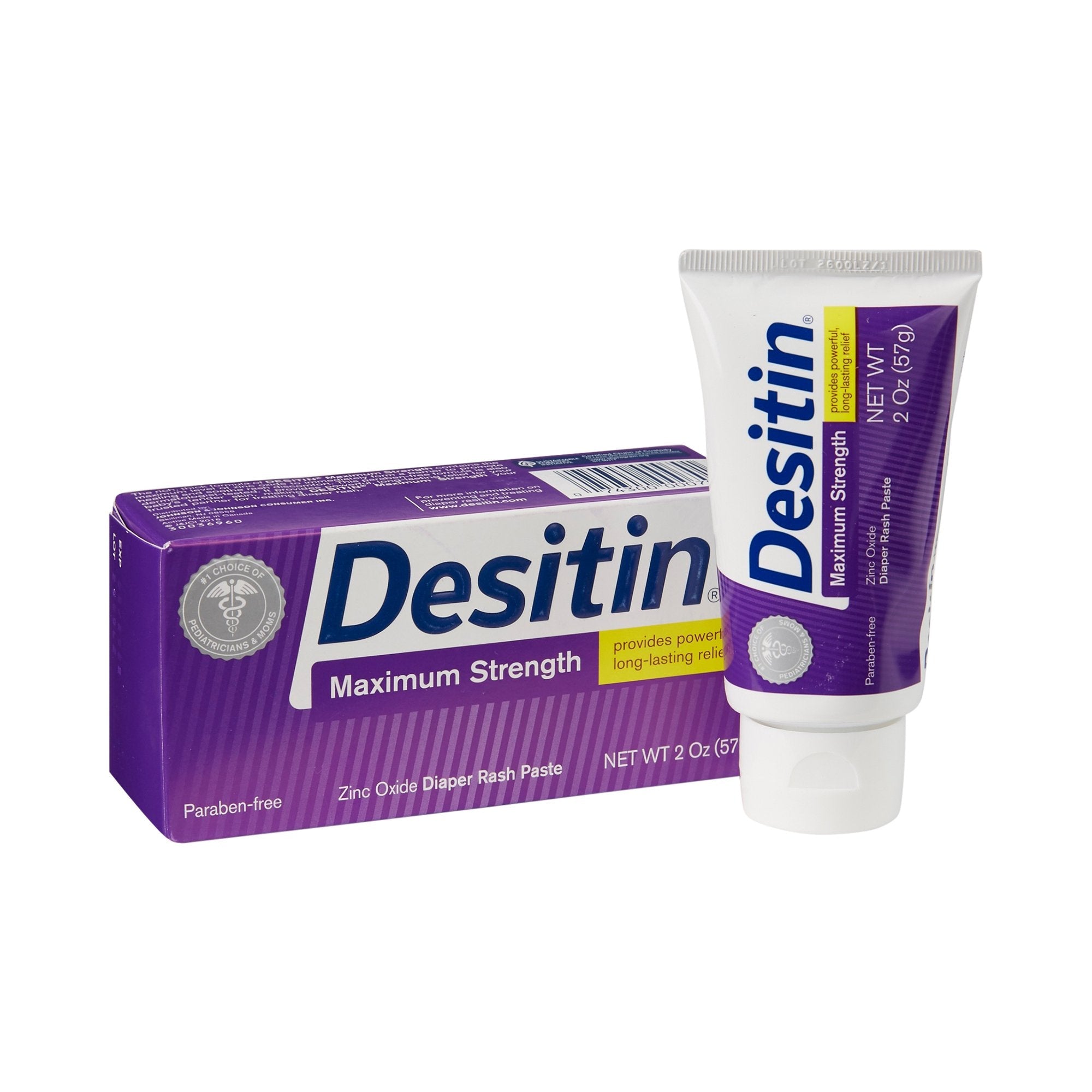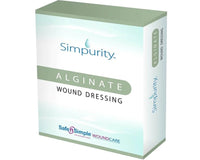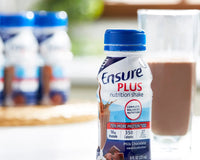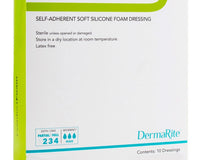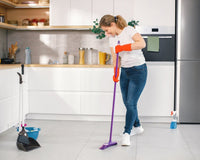Table of Contents
- Introduction
- Understanding the Needs of Preemies
- Why Choose Diapers for Preemies?
- Key Features of Diapers for Preemies
- Size and Adjustability
- Softness and Gentle Care
- Absorbency
- Wetness Indicators
- Special Considerations for Umbilical Cord Stump
- Hypoallergenic and Fragrance-Free Options
- Finding the Right Fit: Sizing and Adjustability
- Softness and Gentle Care for Delicate Skin
- Absorbency: Keeping Little Ones Dry
- Wetness Indicators for Easy Monitoring
- Special Considerations for Umbilical Cord Stump
- Avoiding Irritation: Hypoallergenic and Fragrance-Free Options
- Diaper Changing Tips for Preemies
- Maintaining Hygiene: Diaper Rash Prevention
- Environmental Impact: Eco-Friendly Diapering Choices
- Cost and Affordability
- Reviews and Recommendations
- Conclusion
Introduction
Welcoming a preemie into the world comes with unique challenges and responsibilities. One essential aspect of caring for these tiny miracles is choosing the right diapers. In this article, we will explore the importance of selecting diapers specifically designed for preemies. From their unique features to the benefits they offer, we will provide you with valuable insights to ensure your preemie receives the utmost comfort and protection.
Understanding the Needs of Preemies
Premature babies have unique requirements due to their underdeveloped bodies and sensitive skin. Their delicate physiology demands specialized care, including the use of diapers tailored to their needs.
Why Choose Diapers for Preemies?
Standard diapers may not provide the right level of comfort, fit, and protection for preemies. Diapers designed specifically for preemies are crafted with their fragility in mind, ensuring a snug and gentle fit while keeping them dry and comfortable.
Key Features of Diapers for Preemies
Diapers for preemies have several distinctive features that set them apart. These include:
Size and Adjustability
Preemie diapers are available in smaller sizes, perfectly catering to the dimensions of premature babies. They also offer adjustable features, such as fasteners and stretchy waistbands, to accommodate their growth.
Softness and Gentle Care
Preemies have delicate skin that requires extra care. Baby diapers for preemies are often made with soft, hypoallergenic materials that minimize the risk of irritation and keep their skin protected.
Absorbency
Given their underdeveloped bladders, preemies require diapers with exceptional absorbency to keep them dry and comfortable for extended periods. Specialized preemie diapers are designed to meet this requirement.
Wetness Indicators
Monitoring the wetness of a diaper is crucial to maintain the preemie's hygiene. Many preemie diapers feature wetness indicators that change color when wet, making it easier for parents to identify when a diaper change is needed.
Special Considerations for Umbilical Cord Stump
Preemies often have a delicate umbilical cord stump that requires special attention. Diapers designed for preemies have a unique cut-out or fold-down feature to avoid rubbing against the stump area.
Hypoallergenic and Fragrance-Free Options
To minimize the risk of allergies and skin irritations, diapers for preemies are often hypoallergenic and free from fragrances or lotions that may cause adverse reactions.

Finding the Right Fit: Sizing and Adjustability
Proper sizing is crucial to ensure the diaper fits snugly and securely on a preemie. Most diaper brands provide size charts and weight recommendations to help parents select the appropriate size. Additionally, adjustable features like stretchy waistbands and tabs ensure a comfortable fit as the preemie grows.
Softness and Gentle Care for Delicate Skin
The delicate skin of preemies requires utmost care and attention. Diapers for preemies are typically made with ultra-soft materials that minimize friction and reduce the risk of skin irritation. Opting for diapers with a breathable outer layer can also promote air circulation and prevent overheating.
Absorbency: Keeping Little Ones Dry
Preemies have limited bladder control, and frequent diaper changes are necessary. Diapers designed for preemies offer excellent absorbency to keep them dry, preventing discomfort and minimizing the risk of diaper rash. Look for diapers with multiple layers and a high-absorbency core.
Wetness Indicators for Easy Monitoring
Keeping track of diaper changes is crucial for preemies' health. Wetness indicators, commonly found in diapers for preemies, provide a visual cue when the diaper is wet. This feature helps parents ensure timely changes, maintaining the baby's hygiene and minimizing the risk of skin irritation.
Special Considerations for Umbilical Cord Stump
A preemie's umbilical cord stump requires special care until it falls off. Diapers designed for preemies often include a cut-out or a fold-down feature around the umbilical cord area. This design prevents contact with the stump, reducing the risk of infection and ensuring proper healing.
Avoiding Irritation: Hypoallergenic and Fragrance-Free Options
Preemies have sensitive skin that is more prone to irritation and allergies. Diapers formulated for preemies are often hypoallergenic and free from fragrances or lotions that may cause adverse reactions. These options minimize the risk of discomfort and help maintain the baby's skin health.
Diaper Changing Tips for Preemies
Changing diapers for preemies requires special care and attention. Here are a few tips to make the process easier:
- Create a comfortable and safe diaper-changing station.
- Wash your hands thoroughly before and after each change.
- Use gentle wipes or cotton balls with warm water for cleaning.
- Pat the baby's skin dry with a soft towel.
- Apply a diaper cream or barrier ointment to prevent diaper rash.
- Secure the diaper snugly but not too tightly to avoid restricting movement or causing discomfort.
Maintaining Hygiene: Diaper Rash Prevention
Diaper rash is a common concern for preemies. To prevent it, follow these practices:
- Change diapers promptly when wet or soiled.
- Clean the baby's bottom gently during each change.
- Allow the skin to air dry before putting on a fresh diaper.
- Apply a diaper cream or ointment with protective properties.
- Avoid using baby powder, as it may irritate the baby's lungs when inhaled.
Environmental Impact: Eco-Friendly Diapering Choices
Many parents prioritize eco-friendly options when choosing diapers for their preemies. Look for diapers that are biodegradable, made from sustainable materials, or produced using environmentally conscious manufacturing processes. These choices help minimize the ecological footprint and contribute to a healthier planet for future generations.
Cost and Affordability
The cost of diapers for preemies can vary depending on the brand, size, and features. While specialized preemie diapers may be slightly more expensive than regular diapers, their benefits outweigh the price difference. Consider buying in bulk or subscribing to diaper delivery services to save money in the long run.
Reviews and Recommendations
When selecting diapers for your preemie, it's helpful to read reviews and seek recommendations from other parents or healthcare professionals. Online parenting forums, product review websites, and pediatricians can provide valuable insights and experiences to guide your decision-making process. We recommend Huggies Little Snugglers Diapers, available for Micro Preemie and Preemie newborns here.
Conclusion
Choosing the right diapers for preemies is essential for their comfort, protection, and overall well-being. Diapers designed specifically for preemies offer unique features such as optimal sizing, softness, absorbency, wetness indicators, and special considerations for delicate umbilical cord stumps. By prioritizing the needs of your preemie and considering factors like skin sensitivity, environmental impact, and affordability, you can make an informed decision and provide the best care for your little one.

